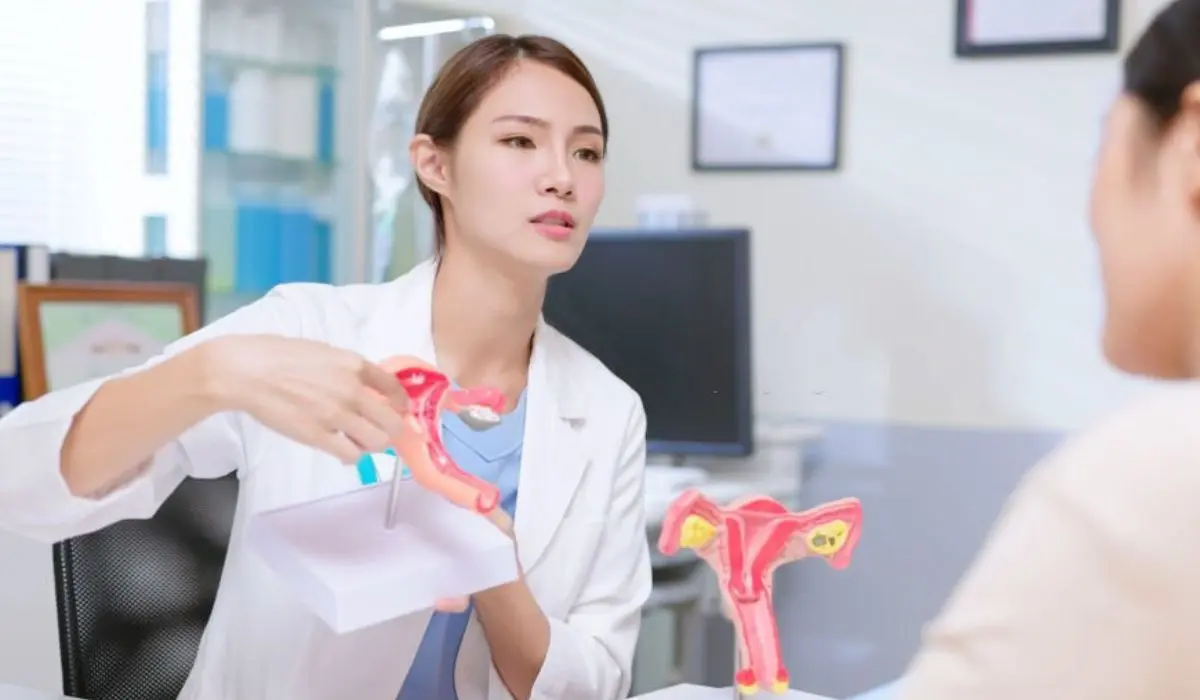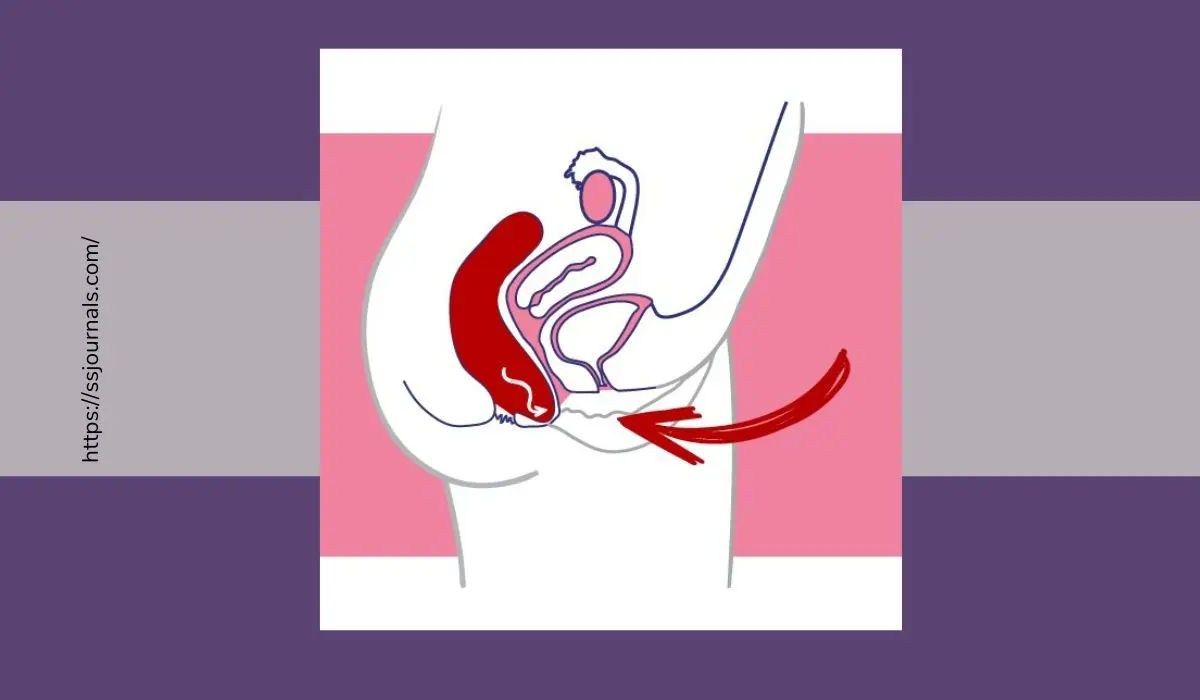A rectocele is a bulge or herniation of the front wall of the rectum into the vagina. While not inherently dangerous, rectoceles can causesymptoms that negatively impact the quality of life. Understanding what a rectocele is, its causes, symptoms, and treatment options is important for women.
What Is A Rectocele?
A rectocele develops when the thin wall of tissue between the rectum and vagina weakens, allowing the rectal wall to bulge into the vagina. This creates a pocket or pouch in the posterior vaginal wall.

Rectoceles are also sometimes called posterior vaginal wall prolapse. They are common, especially in women who have given birth. Mild rectoceles usually don’t require treatment unless symptomatic. More severe cases may necessitate surgical repair.
Symptoms Of A Rectocele
There are several possible symptoms associated with a rectocele, including:
◾️ Feeling of vaginal fullness or pressure
◾️ Sensation of sitting on a small ball
◾️ Difficulty evacuating bowels
◾️ Straining or splinting to empty bowels
◾️ Incomplete bowel emptying
◾️ Bulge of tissue extending from the vagina during bowel movement
◾️ Need to press against vagina to facilitate bowel movement
◾️ Low back pain exacerbated by bowel movement
Causes Of A Rectocele
Some of the main causes and risk factors for developing a rectocele include:
◾️ Pregnancy and childbirth – especially multiple vaginal deliveries
◾️ Advancing age
◾️ Menopause
◾️ Chronic constipation and straining during bowel movements
◾️ Obesity
◾️ Prior hysterectomy
◾️ Genetics
◾️ Chronic cough
◾️ Heavy lifting
◾️ Prior pelvic surgery
How To Treat A Rectocele?
Mild cases of rectocele that aren’t causing bothersome symptoms usually don’t require treatment. For symptomatic rectoceles, treatment options include:
◾️ Kegel exercises to strengthen pelvic floor muscles
◾️ Use of a pessary device inserted into the vagina to support weakened tissue
◾️ Bowel movement retraining techniques
◾️ Topical estrogen cream to improve tissue integrity in some cases
◾️ Surgery such as posterior colporrhaphy to repair torn or stretched ligaments
For prolapse caused mainly by bowel straining, a procedure like STARR surgery may be warranted to remove the bulging rectal pocket through the anus.
Prevention Of A Rectocele
To help prevent occurrence of a rectocele, women can:
Risks Of A Rectocele
Potential risks and complications associated with rectoceles include:
When To See A Doctor For A Rectocele?
See your doctor if you experience any of the following:
➜ A noticeable bulge protruding from the vagina
➜ Feeling of heaviness or pressure in the pelvis
➜ Problems emptying bowel
➜ Lower back pain that worsens with bowel movements
➜ Discomfort during intercourse
Get evaluated promptly if you suddenly cannot pass stool or gas due to a vaginal obstruction. Seek emergency care for fever, bleeding or severe pain.
Conclusion
A rectocele is a rectal prolapse into the vagina occurring when supporting ligaments and muscles weaken. Symptoms include vaginal bulging, difficulty defecating and back pain. Rectoceles develop from childbirth, aging, constipation, and prior pelvic surgery.
Mild cases can be managed conservatively. Severe rectoceles may require surgical reinforcement and repair. Proper treatment can alleviate discomfort and improve quality of life.
FAQs
Most rectoceles do not pose any serious medical danger. However, very large prolapses can sometimes cause bowel obstruction or damage requiring emergency surgery.
Small rectoceles may spontaneously resolve, especially with pelvic floor exercises. But moderate or advanced prolapse usually requires some form of treatment to correct.
Avoid prolonged sitting, heavy lifting, straining during bowel movements, coughing, and high-impact exercise to prevent exacerbating a rectocele. Gentle exercise can help strengthen pelvic muscles.
Most women do not find pessaries bothersome once properly fitted and placed correctly. Regular monitoring and removal for cleaning is needed to prevent complications.
Recovery time depends on the type of surgery. Less invasive procedures have shorter recovery around 4-6 weeks. Open abdominal surgery may require a 6-12 week recovery period.

